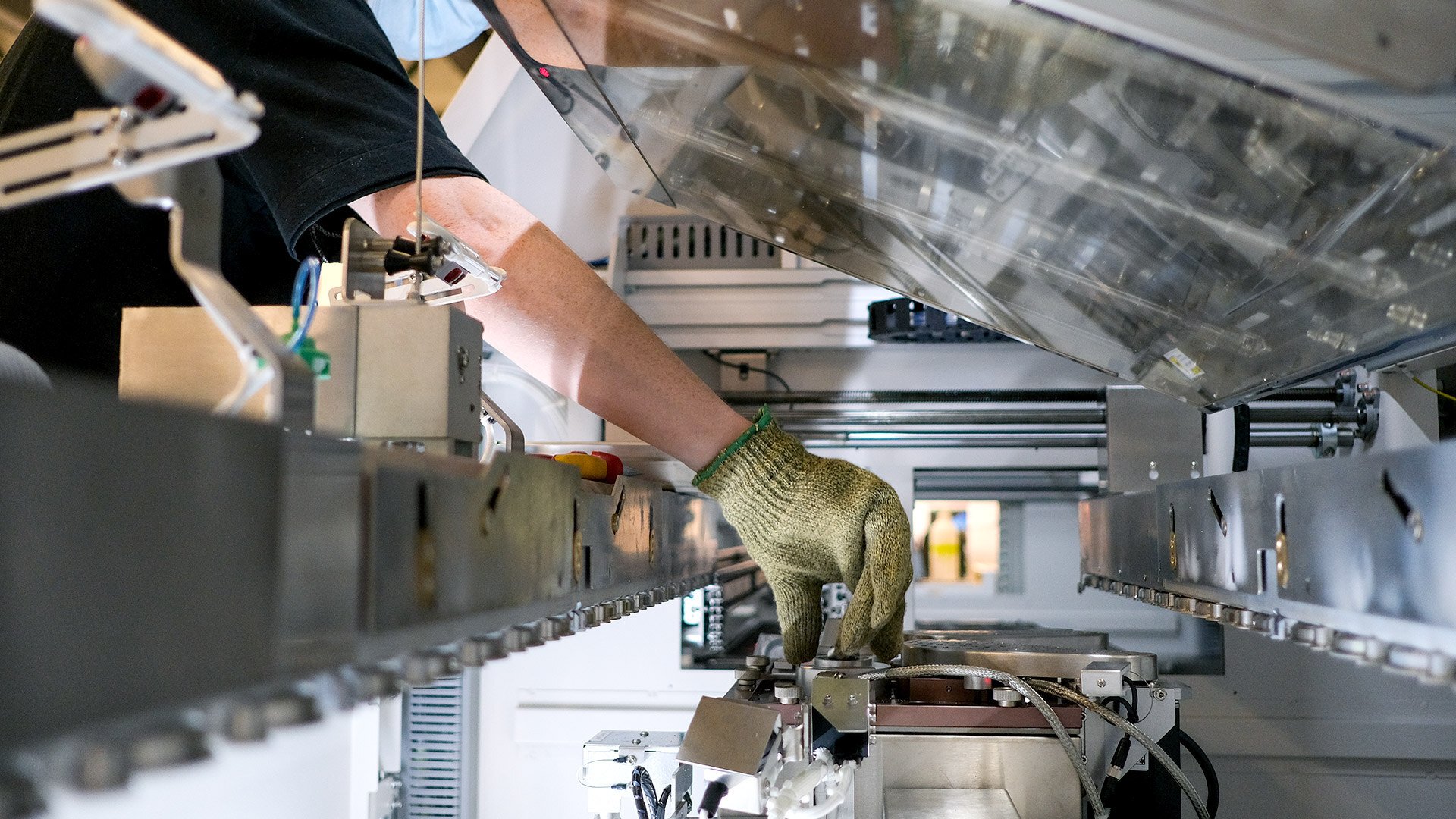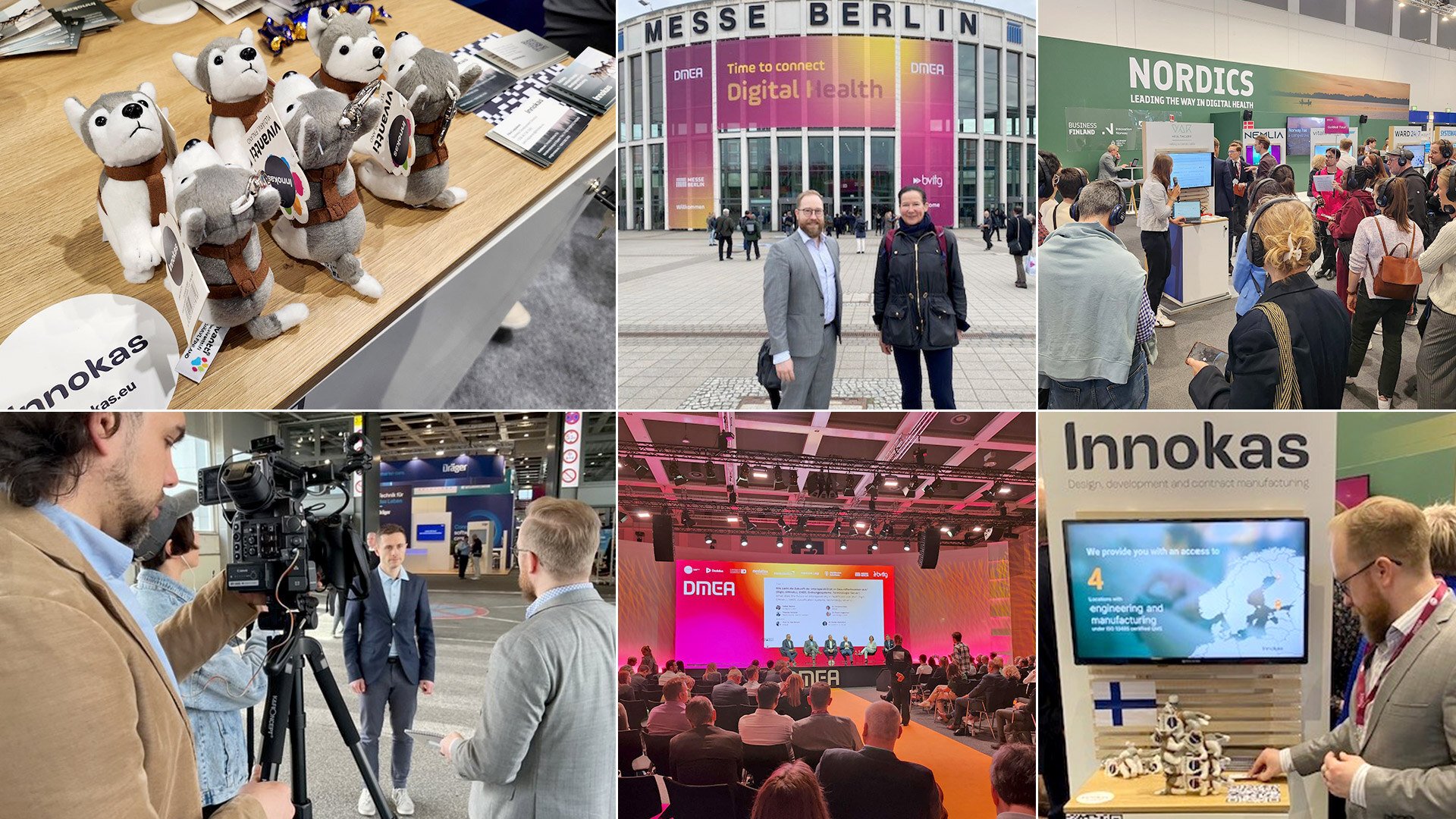In the manufacturing industry, good procurement can have a major impact on product costs, ease of designing and manufacturability. But how’s the case now as the world situation changed unpredictably and affected the availability, prices, and delivery times of materials and components in unprecedented ways? Earlier, the focus of procurement was on getting materials and components at the best possible price taking into account the quality, quantity, time, and location and the procurement with product development made sure that the components had long lifecycles. Today the disruption has vastly complicated the procurement process. Still, the design work must continue, and the products must be manufactured. Where, in these changing times, should one pay particular attention to in order to keep the supply chains operating and how to get reliable and first-class materials in use?
Focus on quality from trusted sources
Working in the contract design and manufacturing field, we have faced the same challenges. To produce demanding electromechanical devices, and especially health technology, the materials and components must be of high quality, reliable, and traceable. This is non-negotiable. In our experience, there are many things you can do to ensure this. Below's a list we have gathered of some of the areas we have focused on to tackle the situation.
The already established good contacts and supplier relations, that we have built over the years have been one of Innokas’ strengths. "In such a disruption, it's vitally important that you have networks and relationships that work, and communication is tight", comments Jukka Ihme, Sourcing Manager, having himself a long experience in the field.
Also, experience and understanding of the market are valuable assets. According to Jukka, these helped Innokas to react to the challenges caused by the coronavirus outbreak already in advance: "Even before the actual pandemic became evident, we were able to notice small changes in the market and started to prepare for possible challenges. Together with our customers we, for example, made larger orders for longer periods."
Moreover, the experience has helped in the search for reliable new delivery channels. It is essential to know how to spot incorrect or unreliable operators or goods that emerge in high numbers in times like this. In the medical field, the quality and traceability of materials and components are part of the requirements and cannot be compromised.
"We don't buy lots that are not safe, but in cases, the material comes from other sources, for example via our customer, we do checks and tests as necessary", Mikko Kangas, Business Development Manager, tells us about Innokas’ testing practices.
"The materials and components are checked, for example, visually and examining the documents carefully. We check component prints and ensure that there aren’t any differences. Components can also be imaged with 3D X-rays. We can build small test batches to find out if they pass the circuit board testing. Also, as necessary, we use external laboratories for testing assistance", continues Mikko.
Even if the manufacturing company is under pressure to get the materials into production quickly, cutting corners in making careful purchasing decisions or ensuring that the products are from reliable sources is not worth it, as Mikko tells with an example case:
"The customer had purchased components and delivered them for testing. In our tests, we found several problems. They revealed that some of the components were outdated, oxidized, non-functioning, or already used. There were also components from various batches.”
Proactive procurement ensures product development
During a product development project, proactivity helps to avoid availability problems. You shouldn’t rely on one card when selecting components in the design. If you make sure that there are several suppliers or that there are alternative components available, projects don’t stop even if supply chains do not work as expected. Also, it is good to carry out material and component lifecycle studies and ensure the lifespan will be sufficient. In challenging and changing situations, you should also take into account geographical or regional crises and make proactive risk assessments. "In addition to political conflicts, climate change has also caused many kinds of disruptions, such as drought and, as a result, energy regulation, which also affects the availability of raw materials", Innokas sourcing team explains.
With close cooperation, we find solutions and redesign when needed
Having all functions under the same roof has greatly helped Innoka’s cooperation between design, production, and procurement. Communication is easier and daily activities smoother in many ways, and real-time information is available because procurement is part of the regular meetings. According to Jukka Ihme, the benefits of close cooperation are evident for example in Innokas redesign services:
"At Innokas, redesign services are done agilely and with speed. If a component simply is not available for the customer's product, we can redesign and find the needed substitutes. In the medical field when you search for options and must get approval for any replacement component, the need for an agile way of working emphasizes. Not all manufacturing operators can offer this service", Jukka says.
Innokas Sourcing team summarizes one of the most important factors in today’s manufacturing and procurement: "Good customer relations and effective communication help to find the solutions."
10+1 tips for a good procurement
Experience, which also brings along the needed know-how to find new solutions, long supplier relationships, and close customer cooperation have helped us, but especially our customers, to succeed. Seamless cooperation with design, manufacturing and procurement has enabled projects to progress despite the challenges and availability problems. To wrap things up, here are our 10+1 pointers that help in successful procurement.
- Look for and maintain good supplier networks and relationships on a long-term basis
- Take care of continuous and close cooperation with your customers
- Follow the market and gain market understanding to be proactive
- There are not always quick solutions; search for reliable delivery channels
- Pay attention to the traceability and quality of materials and components
- Test and check first
- Secure several suppliers or alternative options for the components
- Find out the material and component life cycles
- Consider risks related to geographic or regional crises
- Ensure effective communication between design, production, and procurement
If you’d like to know more, we’d be happy to help you with your projects. The fastest way to reach our experts is to drop us a note via the contact form:
Based on Mari Repo's original blog in Finnish











